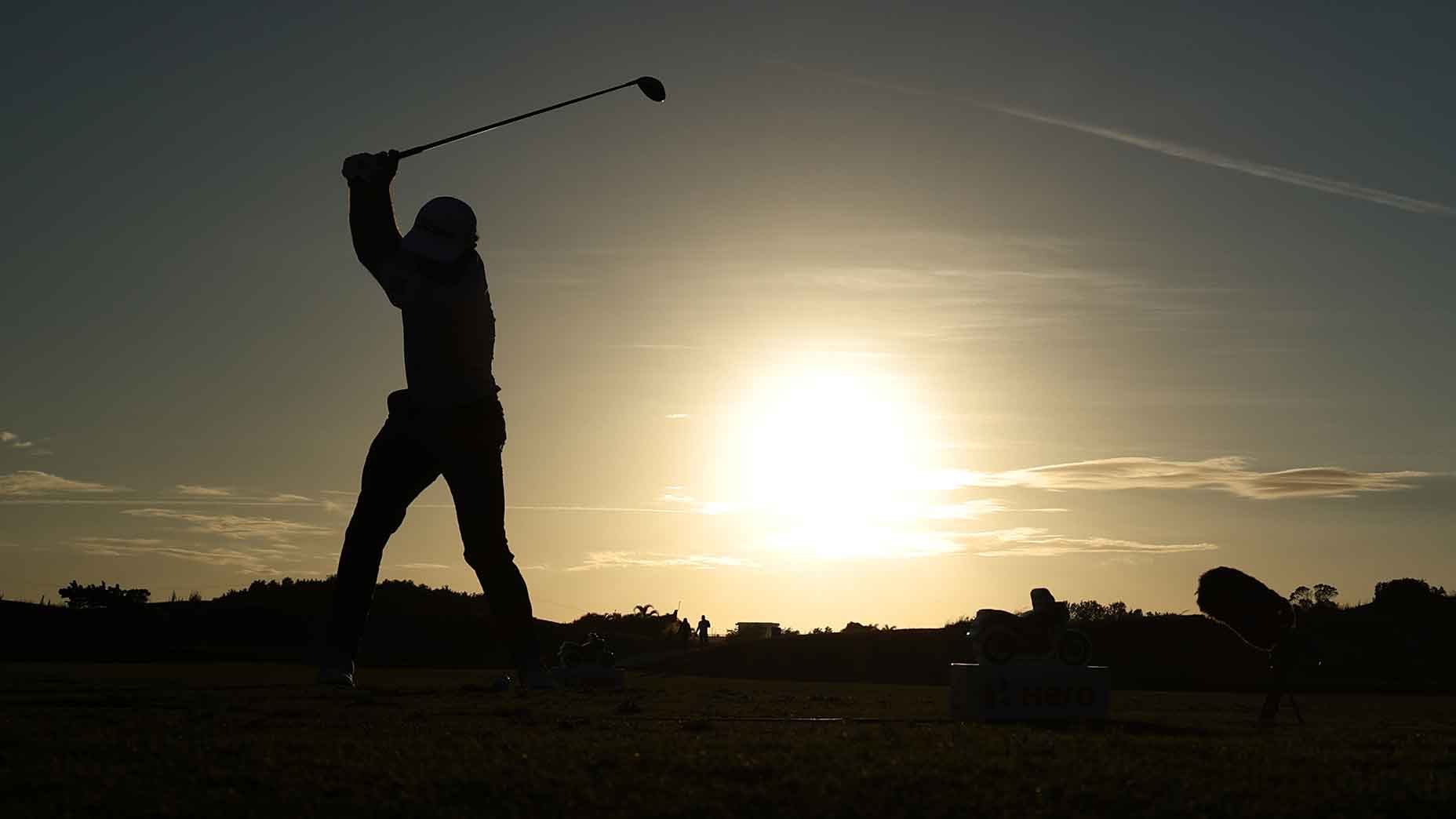Ben Hogan once said, “The downswing is no place to give yourself a lesson.” Coming from the game’s ultimate perfectionist, the sentiment speaks volumes about the perils of overthinking your motion.
The scientific community concurs: When you swing, you don’t need to think much at all. Researchers at the Max Planck Institute in Leipzig, Germany, conducted a series of studies that examined brain activity before and at the point of physical responses. The research team proved that many actions—sweeping the floor, perhaps, or swinging a club— happen automatically as a result of subconscious brain activity. The conscious mind is not involved or needed. What’s more, according to research-team leader John-Dylan Thomas, Ph.D., the mind subconsciously commits to a plan of action as early as seven seconds before executing it. “By the time consciousness kicks in,” Thomas writes, “most of the decision-making has already been done.”
Jedi mind tricks? Hardly. Your conscious mind is like a hard drive that contains your thoughts, memories and impressions, and your subconscious is like the cloud. The cloud is much more expansive, containing all the instincts and muscle memory required to assess a shot and make a good swing. You need only tap into it. Unfortunately, your conscious mind often interferes— that’s the downswing danger Hogan warned about. This happens when you lose the commitment you made in your subconscious. To access the shotmaking power of your subconscious, try these techniques, because fewer thoughts leads to fewer strokes.
1. Stand behind the ball in your preshot routine and gather intel about the upcoming shot. As you do, use your club to draw an imaginary line on the ground between you and the ball. This is the C-line, for the commitment you’ll make to the shot.
2. Once fully committed (“baby cut to the center of the green,” for example), step over the C-line and address the ball. If a conscious thought arises (“open the face”), retreat behind the C-line, start over and recommit. It should take two crossings max to swing freely, without a single, distracting thought.






